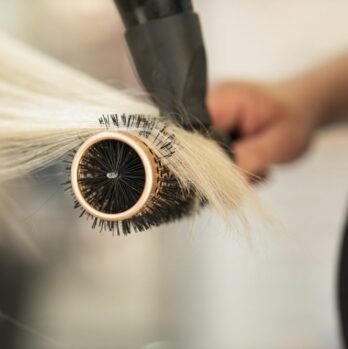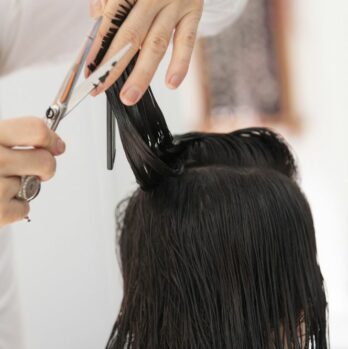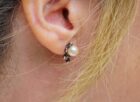Setting Spray Glow: Enhancing the Food Experience

Introduction:
Setting spray glow has revolutionized the way we experience food, adding a touch of glamour and vibrancy to culinary creations. In this article, we will explore the concept of setting spray glow, its various types, popularity, quantitative measurements, differences between products, and a historical overview of its pros and cons. Join us as we dive into the world of setting spray glow and discover how it has become a must-have for food enthusiasts.
1. An Overview of Setting Spray Glow:

Setting spray glow is a cosmetic product designed to add a radiant, glossy finish to food presentations. With a simple spritz, it brings a delightful luminosity to dishes, making them visually appealing and elevating the overall dining experience. Whether it’s a sparkling dessert or a glossy main course, setting spray glow can transform any dish into a work of art.
2. Understanding the Different Types:
There are several types of setting spray glow available, each offering unique characteristics and effects. Some popular options include edible shimmer sprays, lustre dust sprays, and holographic sprays. Edible shimmer sprays provide a subtle glow, while lustre dust sprays add a metallic sheen. Holographic sprays, on the other hand, create an iridescent and multi-dimensional effect. The choice of setting spray glow depends on the desired outcome and the type of dish it will be used on.
3. Quantitative Measurements:
To ensure consistent and precise application of setting spray glow, it is essential to consider quantitative measurements. Brands often provide guidelines on the recommended number of sprays per square inch or the amount needed to achieve the desired effect. Understanding these measurements ensures that every dish receives an even distribution of glow, enhancing its aesthetic appeal.
4. The Distinctions Between Setting Spray Glow Products:
While all setting spray glow products aim to enhance the visual appeal of dishes, they differ in terms of ingredients, intensity, and finish. Some products may contain natural food-grade ingredients, while others may incorporate artificial components for certain effects. Additionally, the intensity of the glow can vary, ranging from a subtle shine to an eye-catching brilliance. The finish may also differ, with some products offering a glossy sheen and others imparting a mesmerizing shimmer.
5. A Historical Overview of Pros and Cons:
The use of setting spray glow in culinary presentations has evolved over time, presenting both advantages and disadvantages. Historically, chefs and food enthusiasts relied on traditional techniques such as glazing and brushing to add shine and appeal to dishes. However, the emergence of setting spray glow has simplified the process, saving time and effort. On the downside, some critics argue that excessive use of setting spray glow may overshadow the true taste and quality of the food, becoming more focused on aesthetics than flavor.
Conclusion:
Setting spray glow has undoubtedly become a game-changer in the culinary world, offering a creative way to enhance the visual allure of dishes. By understanding the different types, quantitative measurements, and distinctions between products, chefs and food enthusiasts can leverage this innovation to create stunning gastronomic spectacles. However, it is crucial to strike a balance between aesthetics and the authentic flavors of the food. So why not experiment with setting spray glow and add an extra touch of sparkle to your culinary masterpieces?
[INSERT VIDEO HERE: A short clip demonstrating the application and effects of setting spray glow on various dishes]
Note: Please adjust the tone of voice, specific examples, and formatting to align with your desired style and guidelines.











